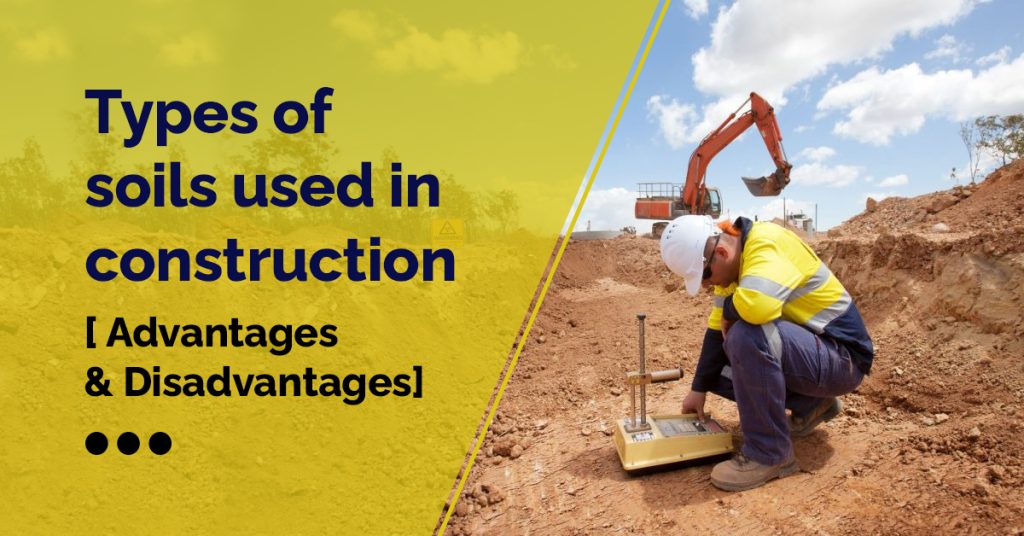
Reasons why a gated community is good for your child
Reasons why a gated community is good for your child Childhood is an important phase where kids develop their social skills. What better environment than that


Reasons why a gated community is good for your child Childhood is an important phase where kids develop their social skills. What better environment than that

Residential Home vs Investment Asset Real estate can be daunting when there is no proper guidance on investment choices. But real estate is also the fastest

5 Must-have Amenities to Look for in a Real Estate Purchase There are plenty of different amenities available for different homes in Hyderabad. A big part
Lakshmi Infra Projects LLP | Sri Ganesh Nilayam, H:No. 7-1-636/23, 3rd Floor, Model Colony, Beside to ESI Hospital, Erragadda, Hyderabad – 500 038. Telangana. India.

